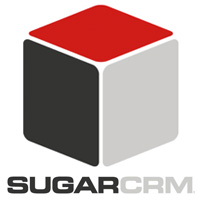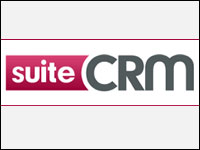
When SugarCRM debuts version 7.2 in the coming weeks, users already will have had a taste of one of its main themes: tighter integration around productivity tools aimed at better understanding a customer base.
That is because SugarCRM has previewed two such integrations over the past month — one with Marketo and one with Dun & Bradstreet.
Other new features also will be part of the release but all of them — including these integrations — fall under the larger matrix of improving on the user experience, Clint Oram, SugarCRM cofounder and CTO, told CRM Buyer.
SugarCRM doubled down on that theme with last fall’s general release of Sugar 7, he added.
“Productivity, user experience, tighter integration — these are our areas of focus now,” Oram said.
Linking to Dun & Bradstreet
The Dun & Bradstreet integration will allow SugarCRM users to import business contact data from the company’s mammoth data store, which contains 230 million businesses and 100 million specific contacts via a seamless link between the two applications found on SugarCRM’s interface.
A number of CRM suites offer similar functionality.
Having this integration within the CRM application can cut a sales rep’s research time by 12 percent. It can also shorten the sales cycle by 15 percent, according to Dun & Bradsheet.
“Sugar UX,” SugarCRM’s name for its redesigned interface — which emphasizes a single view of relevant data on a deal or prospect or transaction — will make filtering and analyzing the information provided by Dun & Bradstreet easier for sales reps.
Reps will be able to search within SugarCRM for new prospects or more information about a current lead directly from the interface.
The D&B information is extremely robust, Oram added.
“Not only does it offer real-time customer information from external sources,” he said, “but it also highlights what a rep might need to know about the risk issues.”
Closer to Marketo
A similar integration with Marketo debuted at the beginning of the month at an industry event — although in this case, the integration involves more than just accessing curated information.
The linkage between the two sets of features gives users more information about a prospect at the lead stage and then carries that information over into the pipeline as the prospect becomes a pending sale — and then, hopefully, a closed sale, Oram explained.
“The goal is to get to sellers the right lead at the right time,” he said.
Because the integration will be part of the core product, the lead data becomes available to sales people immediately. This allows a sales rep to react within minutes of the update, Oram pointed out.
“So, for example, a company could start a campaign in Marketo, sending out emails or using optimized Adword campaigns, in order to bring a prospect back to a website,” he suggested.
The campaign works — a prospect comes to the website and fills out a form requesting more information, or say, to download a white paper.
The sales rep is updated about this activity as it happens and is able to respond minutes after the request is made and the company is fresh in the mind of the prospect, Oram said.
The process works in reverse as well. A sales rep might update files about a prospect or company in SugarCRM, which is reflected instantly in the Marketo data.
“Each time a rep updates SugarCRM with a new interaction,” said Oram, “it is also updated in Marketo.”






















































